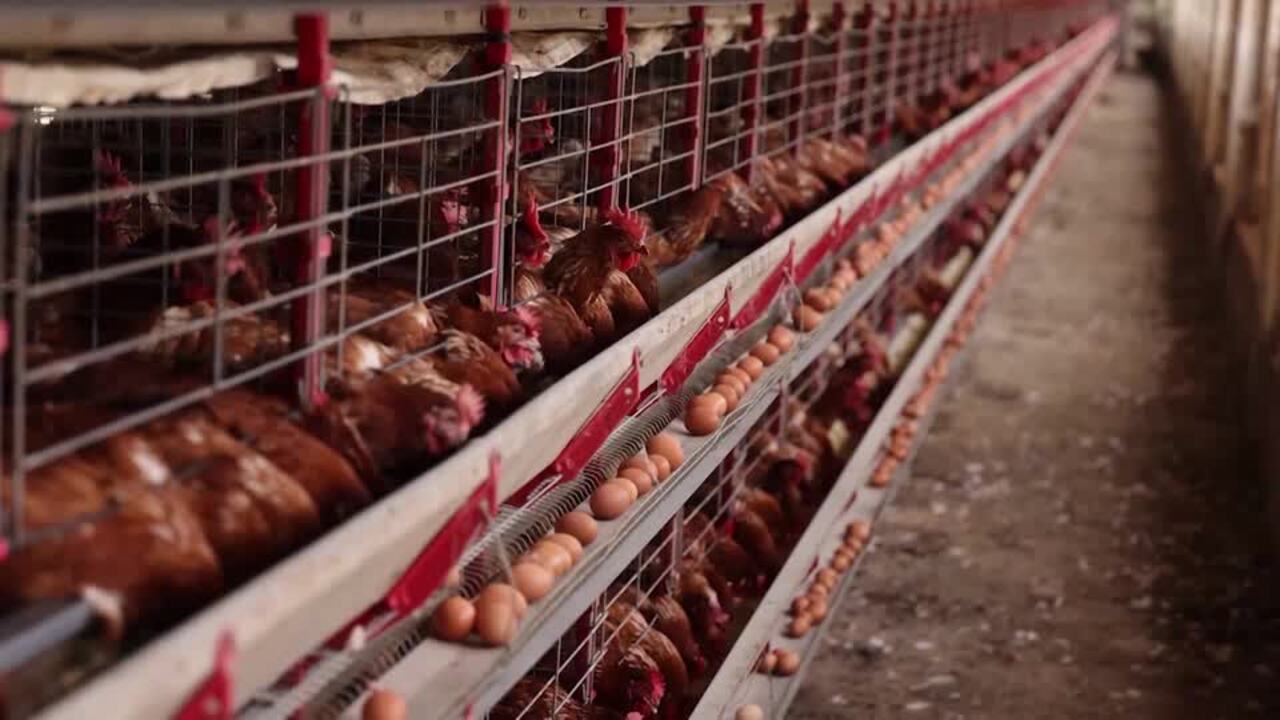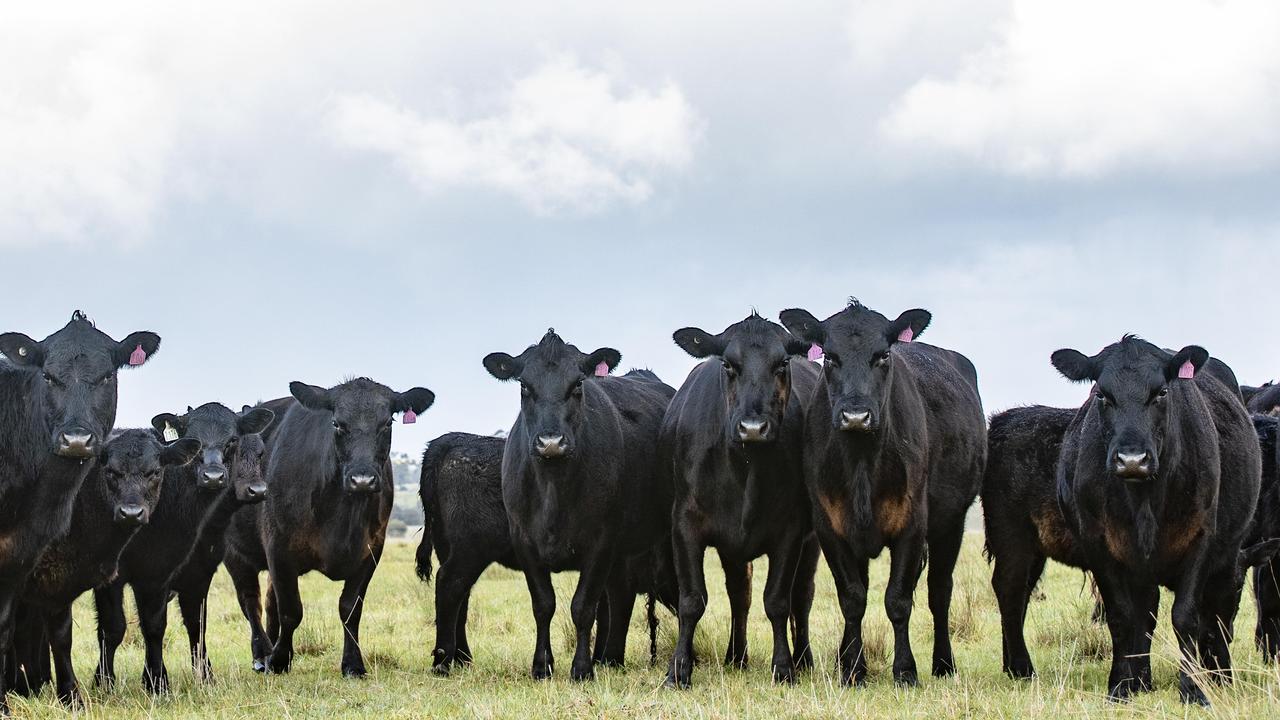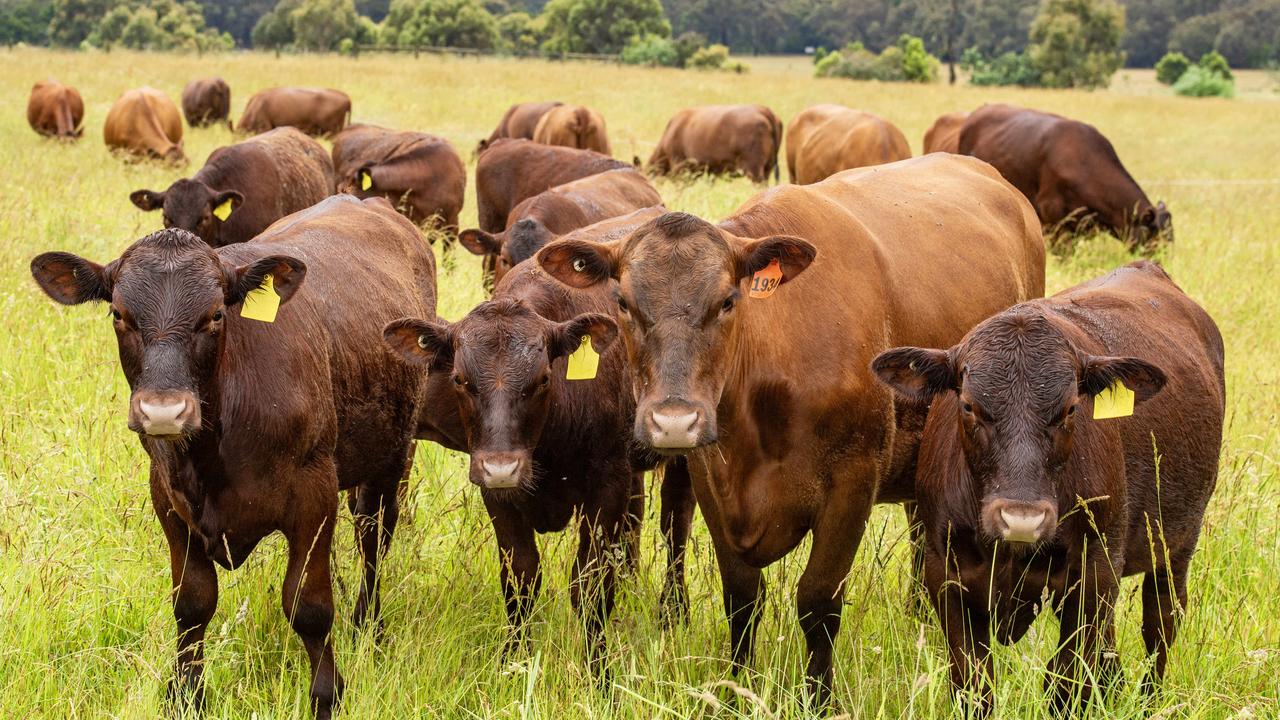World-first infection of a ewe with H5N1 bird flu found in Yorkshire
Risks of the deadly bird flu strain have risen after being found for the first time in sheep, following outbreaks in US dairy cows.

Bird flu has been found in a ewe in the UK, in what is the first discovery of the deadly H5N1 variant of the disease in sheep.
It follows its earlier discovery in US dairy cows and other animals.
The UK ewe, which was culled, was not showing clinical signs of the disease, with the infection picked up via surveillance testing for the virulent bird flu strain.
The UK’s chief vet Christine Middlemiss confirmed the case this week and said the Yorkshire sheep was found to have avian influenza following repeat positive milk testing.
Yorkshire is a significant sheep producing region in the UK, where the average grazing farm runs a flock of around 2000.
According to the UK’s Department for Environment, Food and Rural Affairs, the case was identified following routine surveillance on a premises where avian influenza had been confirmed in captive birds.
“DEFRA has introduced livestock surveillance on infected premises following the outbreak of avian influenza in dairy cows in the US,” its statement said.
Further testing found no other infections in sheep on the property.
“There is no evidence to suggest an increased risk to the nation’s livestock population,” DEFRA said.
In Australia, Sheep Producers Australia chief executive officer Bonnie Skinner said while the development did not directly increase the risk of the H5N1 strain being introduced to Australia, it “highlights the ongoing global situation”.
“SPA will continue to work with the Australian government to closely monitor the situation,” Ms Skinner said.
The government’s independent risk assessment for bird flu in Australian dairy cattle – which is still underway – is expected to include rapid risk appraisals for sheep and goats.
DAFF’s national animal disease preparedness co-ordinator Dr Brant Smith said the scientific community was “not alarmed at this stage” by the discovery of the virulent strain of bird flu in the UK ewe but was “very carefully monitoring” developments.
Given it had previously been found in US dairy cattle, it was “not overly surprising” it had adapted to a new, non-avian species, Dr Smith said.
He said there was currently no evidence the disease could spread from sheep-to-sheep.
“The government will work with our counterparts in the UK through DEFRA and the USDA,” he said, adding DAFF had staff now on the ground in the US learning how that country was responding to outbreaks in dairy cattle.
While the US had previously committed a large investment to controlling the spread of the strain in the poultry sector, and were investigating the implications for the US livestock sector also, Dr Smith said it was important this work continued.
“With the current administration, it is something they will need to determine how that is carried forward, and it is very important that work is completed,” he said.
While Australia’s isolation was an advantage in keeping free from the virulent strain, and while it was known that globally, most spread had occurred on land, Dr Smith said it was vital Australia remained vigilant.
He said the “risk has increased” as the deadly avian flu strain had spread in Antarctica.





